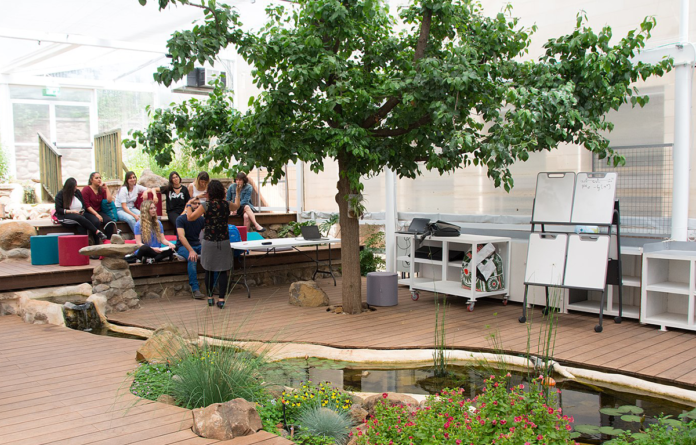As warnings about climate change become more and more common in the daily news, many homeowners are faced with concerns they haven’t had to think about too much before. Would my home be ready to withstand a natural disaster? What if my house isn’t ready for a changing climate?
Meanwhile across the world, people are becoming more aware and interested in eco-friendly construction that is resilient, safe for the environment, and energy-efficient. The days of sealing ourselves off from nature are giving way to living in harmony with nature. Our very way of life is changing out of necessity, and that fundamental shift could mean all the difference between a flourishing future or one of destruction.
A green future
Climate change is undoubtedly a big reason to move to eco-friendly construction. When natural disasters strike, buildings scatter debris across the landscape, polluting the surroundings. In the past, builders often used materials that contain toxins like asbestos, paint, and toxic insulation. By moving to eco-friendly materials, we ensure that no matter what happens the environment won’t end up contaminated. It’s building a better future from the ground up.
Stronger structures
In a world where natural disasters are becoming more frequent, there is a necessity to build stronger structures that withstand whatever the elements bring. Resilient, well-insulated, substantial buildings that remain intact may be initially more expensive, but in the end, will save millions of dollars to homeowners, towns, cities, and governments. The days of building cheaply and inefficiently are giving way to building structures that last through strong winds, storms, floods, and fires. Homes that last for centuries are the best investment anyway.
Reducing emissions
When we think of climate change, we often think about emissions from cars, but actually, the emissions from our homes account for over 70 percent of an average person’s energy use and thus CO2 emissions. Building structures that incorporate new technologies, materials, and passive design help counter climate change.
One of the most exciting ways to reduce emissions is to shift to renewable energy from solar and home appliances powered from the electricity stored in energy from the sun. Passive solar design helps cut down on energy bills so when temperatures are severe in winter and summer, you get savings and reduced power consumption. While more sun is great for solar, more shade is excellent for helping cool off. Homes can be oriented to take advantage of shady areas as well as incorporate natural ventilation for healthier air as well as lower energy consumption.
Conserving water
We’ve all heard that cutting down on water usage will be more critical in the near future. Community infrastructures are strained in many areas as water reservoirs become lower due to more water usage, strained by climate change. Eco-friendly homes are designed to withstand torrential rains and flooding and also to store water from stormwater runoff. On the outside of the house, landscaping can incorporate drought-tolerant plants to need less watering, provide more shade for the home and yard, while helping native animals survive.
Some ways to conserve water:
- low-flow plumbing fixtures
- high-efficiency appliances
- greywater reuse
- rainwater harvesting
- reclaimed water reuse
- proper plant selection for landscapes
- properly installed irrigation systems
Green materials
It seems like we should have considered this decades ago, but the materials in our homes impact our overall health. Moving to green materials not only protects the environment during construction but as we live in our homes. Chemical off-gassing from toxins like volatile organic compounds (VOCs) in our paint, chemicals in mattresses, and insulation materials can make us sick from poor air quality. By moving to green materials, we feel healthier and happier. Eco-friendly design also helps ventilate the air. Combined with air and water purification methods, we maximize our health and happiness.
Bringing nature indoors
When one thinks of modern design, you might envision clean industrial lines and a minimalist approach. Today, there is a new approach that seeks to incorporate more inspirations from organic nature. That includes more organic curves, more natural light, and more indoor plants as part of a whole interconnected design. The approach is called biophilic design and recognizes that humans are an intrinsic part of nature. To think otherwise is an illusion and an unhealthy one, even though most people spend 90 percent of their time indoors. Studies have shown that biophilic design can improve cognitive performance, and mood, as well as reduce stress.
This is just a sampling of ways that eco-friendly homes can make us happier, and healthier while helping to counter the problems of a changing climate. The answer isn’t to fight nature, but to work with nature and build a better harmonious way of life –from the ground up.
Featured image: Ohalo biophilic learning space via Wikimedia Commons











